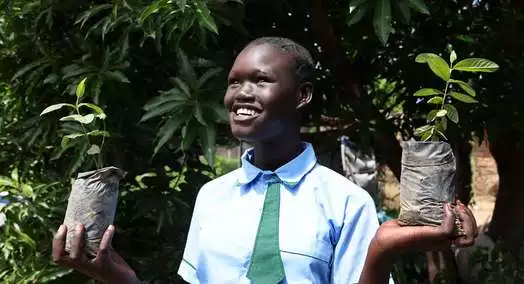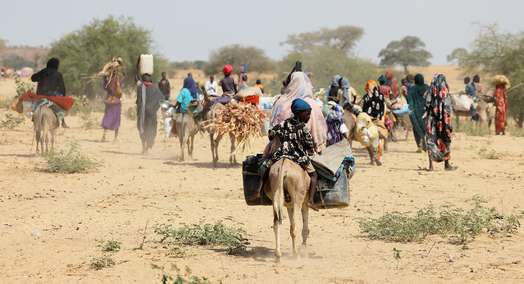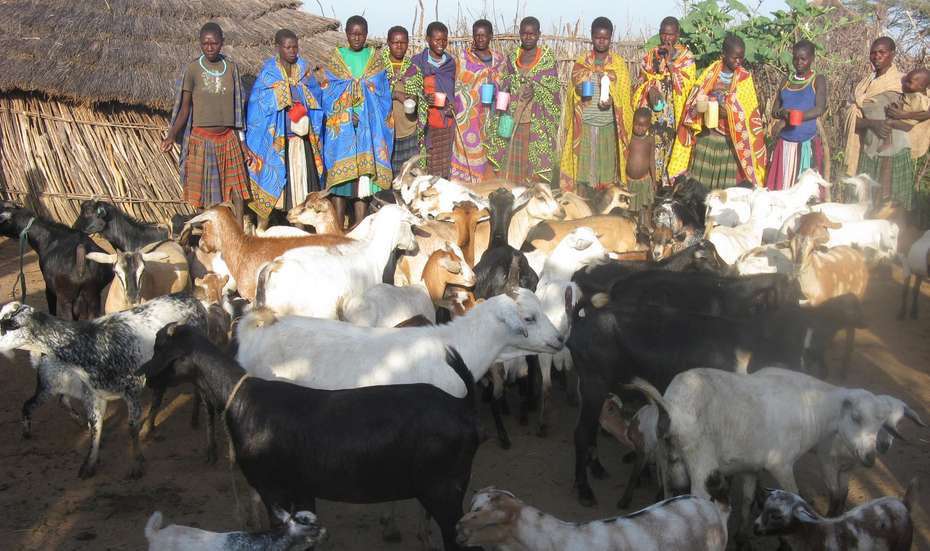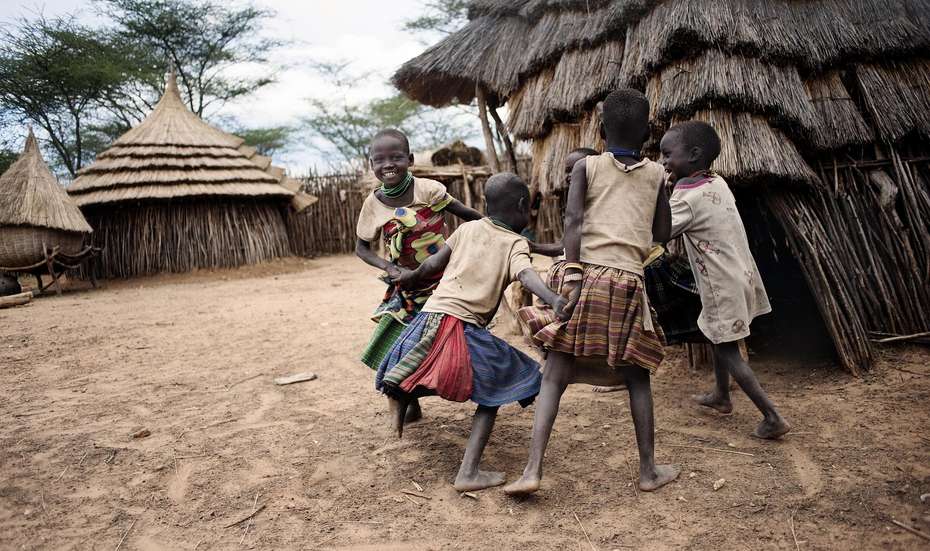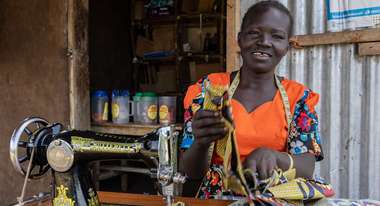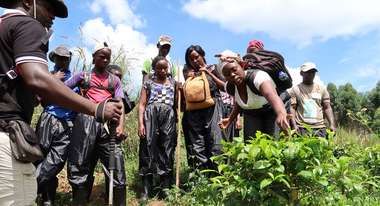Fighting Malnutrition with Goats
Karamoja in Northern Uganda is one of the poorest regions worldwide. But living conditions are improving, with the help of goats.
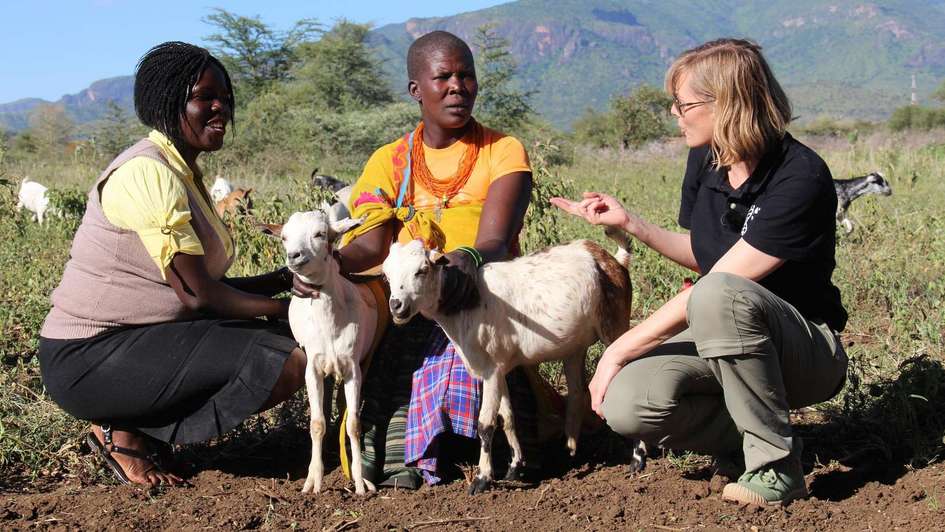
The northern Ugandan region of Karamoja, one of the world’s poorest, is prone to long droughts. Welthungerhilfe is working to improve people’s living conditions in the long term – with the aid of goats.
The residents of Karamoja have traditionally been primarily herders, cultivating food on the side. Cattle, sheep and goats always functioned as a family’s “savings account:” If there was not enough rain for a good harvest, they could sell animals and use the proceeds to buy food. However, due to droughts, diseases and tribal conflict, livestock numbers have declined drastically in the past years.
Today, four of every ten households in Karamoja no longer own any animals, not even a chicken. The consequences are obvious: In the past, children in Karamoja were considered especially well-fed; now, they lack protein. Their primary food source is cornmeal. The level of malnutrition is shocking: Every tenth infant is acutely undernourished.
Fighting Malnutrition in the Ugandan Savannah with the Thuringian Goat
Welthungerhilfe is providing needy households and women's groups with goats. The programme intends to provide various women’s groups with 50 goats and 1 ram each as well as with advice on breeding the animals. This will also have another effect: The women will gain confidence in themselves as well as recognition and equality within the community.
Goat milk is especially nutritious, but the most common breed in Karamoja, the Small East African Goat, does not yield much milk. By carefully crossbreeding with higher-yield breeds such as the Thuringian Goat, milk production can be increased in the long term.
How Welthungerhilfe Supports People in Uganda
- The women receive goats and share the responsibility. That is a novelty in Karamoja: Traditionally, the men own the goats. By now, this change is widely known and accepted.
- They receive advice on how to keep, shelter and feed their particular kind of livestock.
- Traditional animal healers are trained to effectively combat animal epidemics with vaccination campaigns in the future.
Welthungerhilfe is working with the German Federal Ministry for Economic Cooperation and Development (BMZ) in Uganda.

